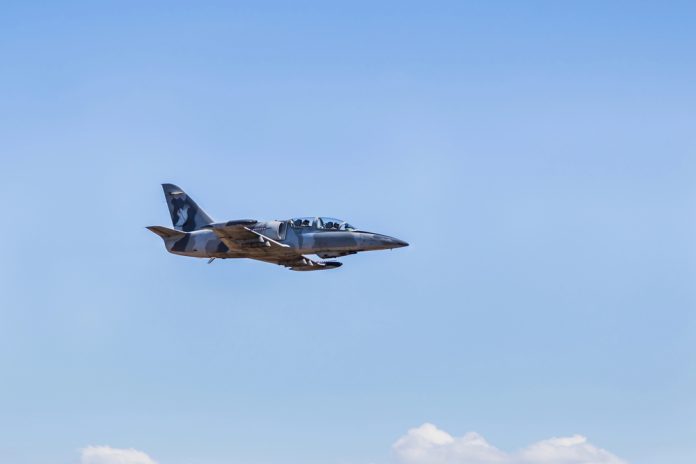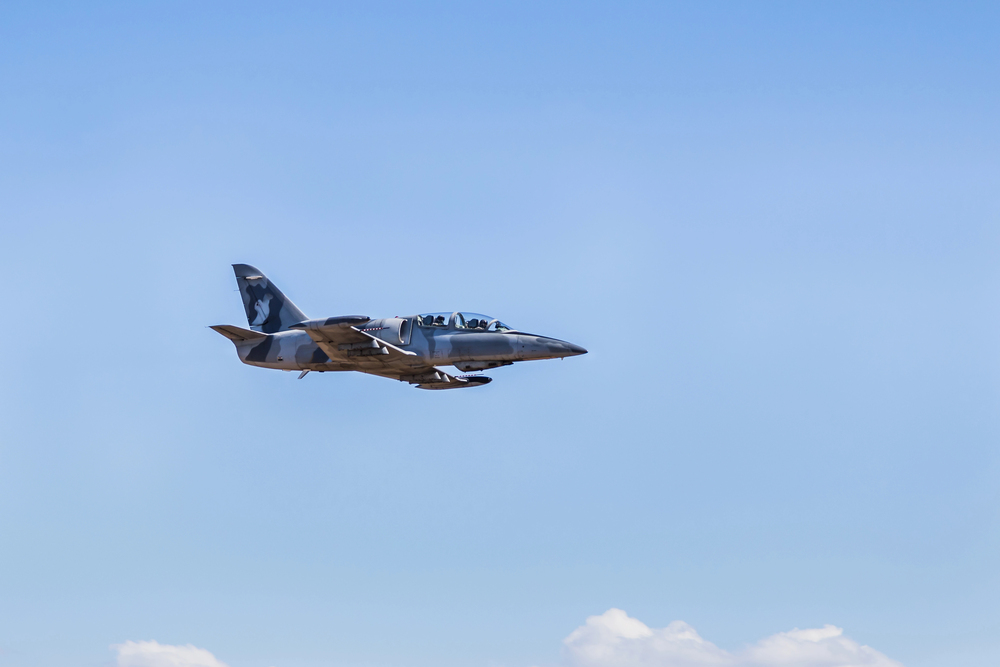
A fighter aircraft is only as good as its weakest design flaw. This old standby among military engineers has been verified time and again by some of the worst-notorious aircraft ever to fly. Though the outline of a fighter aircraft brings to mind visions of might and technological superiority, not all designs to fly have lived up to their potential.
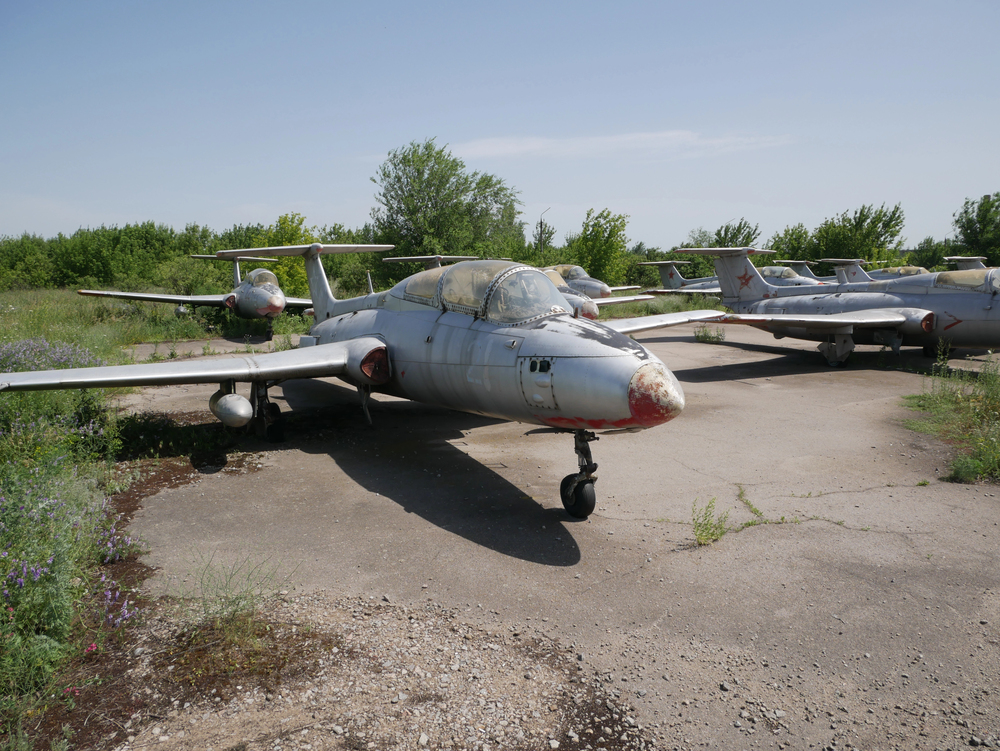
For enthusiasts of defense history and military aviation, the tales of these failures are as fascinating as those of their famous counterparts. This listicle explores seven infamous fighter aircraft planes that, with great investment and zeal, ended up becoming cautionary examples of engineering mistakes, hasty manufacturing, and operational tragedies. In each entry, the technical and historical circumstances that gave these planes their dubious reputation as ‘flying coffins’ are explored.
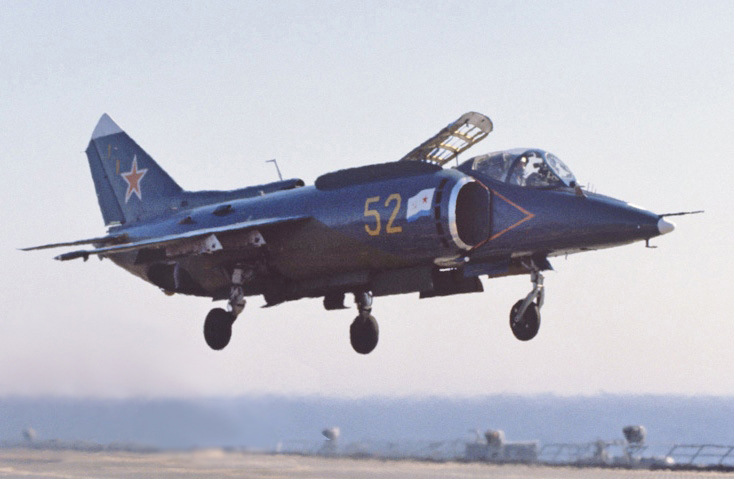
1. Yakovlev Yak-38: The Soviet VTOL Gamble That Spun Out of Control
The Soviet solution to the British Harrier, the Yakovlev Yak-38, is a cautionary tale of the dangers of vertical takeoff and landing (VTOL) technology. Billed as bringing the Soviet Navy a versatile carrier-based strike fighter, the Yak-38 instead revealed the inherent danger of complicated propulsion systems. The plane’s configuration, a rear-mounted thrust engine and two lift turbofans, made it famously unstable; should either lift fan fail, the jet would spin uncontrollably, a flaw that was intensified by the heat and dust of Afghan operations. According to The National Interest, the Forger’s engines had trouble working in hot weather, the lift jets’ heat quickly softened takeoff surfaces and generated monstrous dust that plugged engine intakes.
Operationally, the Yak-38 was crippled by its short range, only 200 miles on a good day, and payload well below that of its Western counterpart. Its absence of radar and sparse armament further reduced its combat effectiveness. With more than 200 produced, the Yak-38 was shelved after the fall of the Soviet Union, a testament to the cost of technological compromise in fighter aviation.

2. Mikoyan-Gurevich MiG-23: A Swing-Wing Misstep
Praised as the heir to the iconic MiG-21, the MiG-23 was intended to introduce variable-geometry (swing-wing) technology to the Soviet front lines. But this breakthrough became a curse in disguise. The MiG-23 suffered from poor handling, instability, and an overheating engine. Maintenance expenses skyrocketed, and the jet’s combat performance was unimpressive, particularly when flown against Western foes such as the F-4 and F-15.
Although it had a revolutionary design, the MiG-23 was not able to outpace the very planes it was intended to replace. On the battlefield, even the older MiG-21s tended to do better. Nowadays, the MiG-23 is more remembered for its operational failures than for its technological hopes, and is still in service only in states like Syria and North Korea.
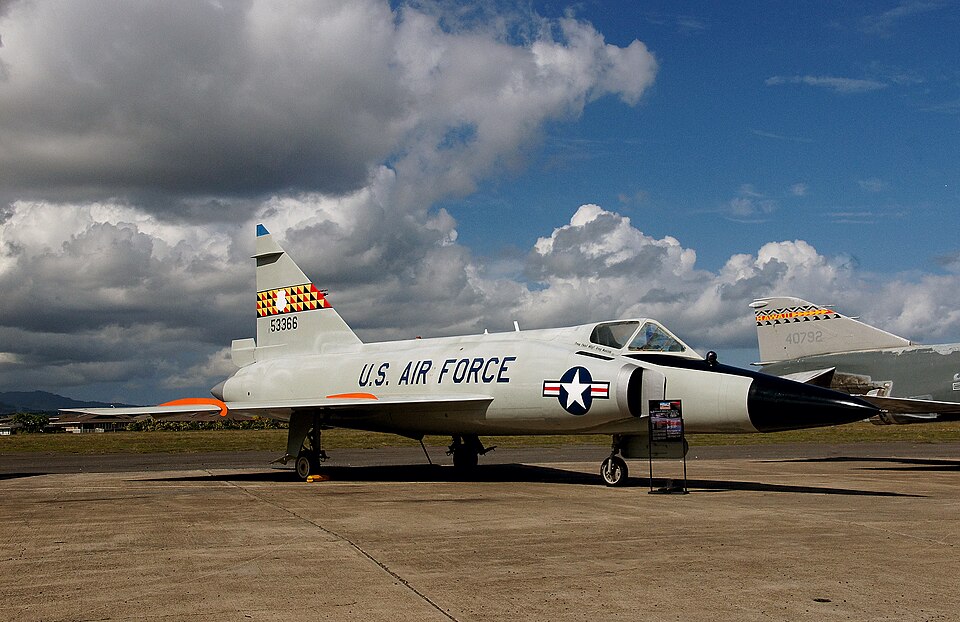
3. Convair F-102 Delta Dagger: Supersonic Promise, Safety Nightmare
The Convair F-102 Delta Dagger was America’s first all-weather supersonic delta-winged interceptor. However, its path from design to operational suitability was far from easy. The F-102 originally had difficulty breaking Mach 1 because of extreme wave drag, requiring a drastic redesign of the fuselage. Even after it began to fly at supersonic velocities, the aircraft had difficulty with non-uniform upgrading across its production run, leading to varying abilities within units.
Its worst record, however, was for safety. Out of the 1,000 F-102s manufactured, 259 were lost in accidents, and 70 of those pilots were killed. As outlined in Britannica, “the F-102 had one of the worst safety ratings in military aviation.” Its story is a reminder that innovation in design and speed should never be at the cost of pilot safety.
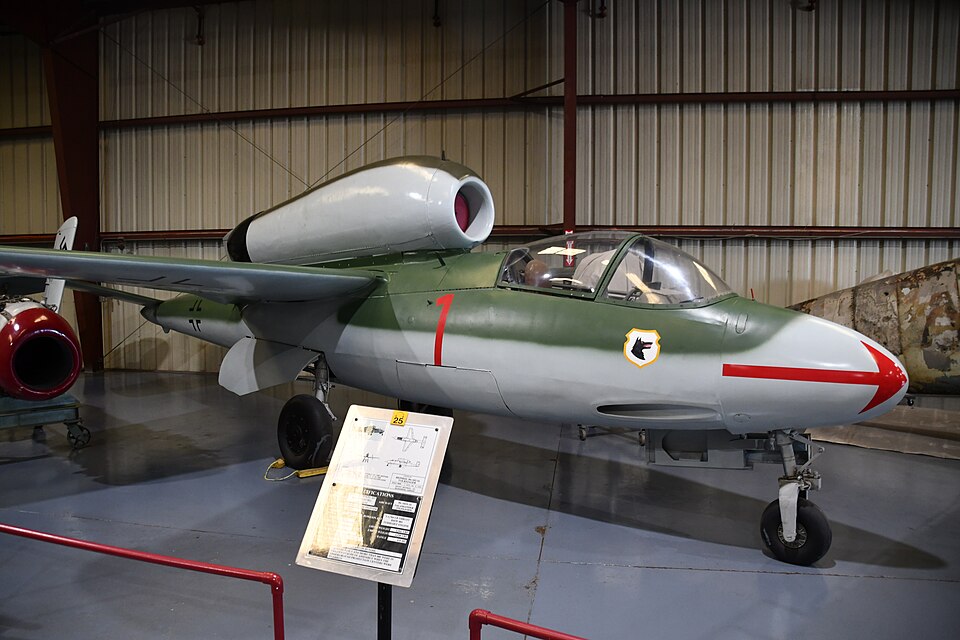
4. Heinkel He 162: Hasty to Perdition in Nazi Germany’s Twilight
The Heinkel He 162, or “Volksjäger”, was produced in the twilight of Nazi Germany’s final days. Envisioned as a last-gasp attempt to deploy an affordable, simple-to-produce jet fighter, the He 162 was constructed mainly out of wood because of metal shortages and ready in little more than two months. This whirlwind development left little time for thorough testing or fine-tuning.
The outcome was a jet that was destabilized and structurally weak to the point of being a danger to fly. Of the 300 produced, not many saw extensive combat, and the type played no significant role in the course of World War II. As Britannica states, “the design took just over two months to complete and received very minimal testing.” While already flying poorly, it was forced into production.” The He 162 is a cautionary tale of the consequences of when the urgency of strategy gets greater than engineering discipline.
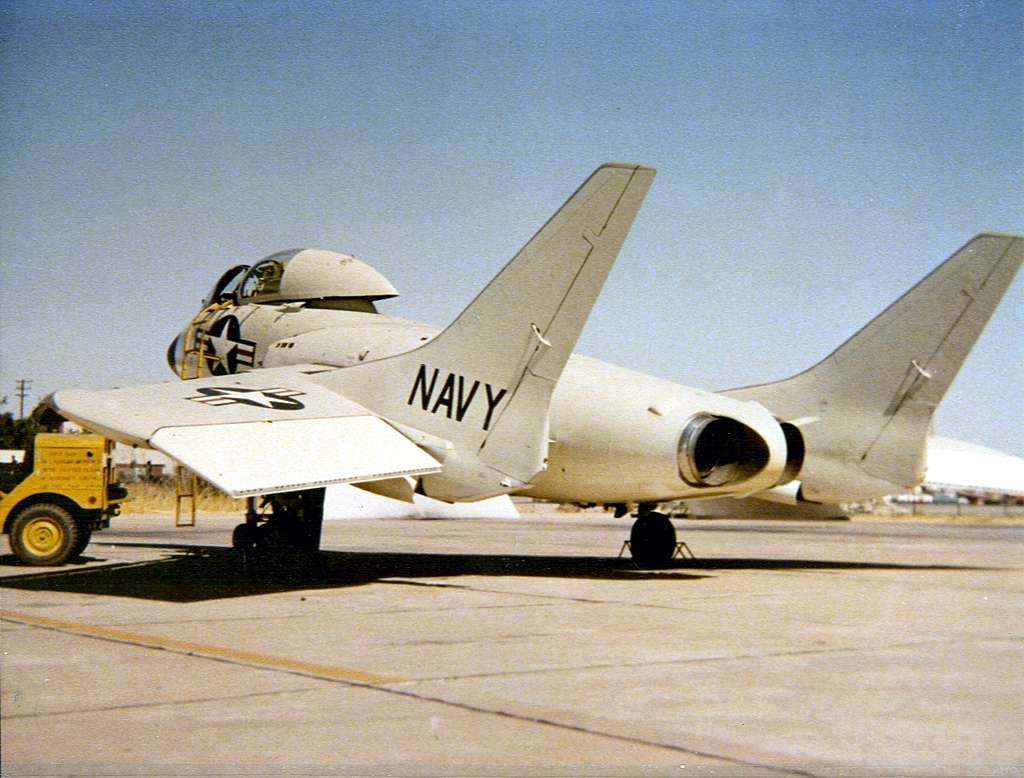
5. Vought F7U Cutlass: The Dangers of Pioneering Design
Few aircraft have been as much to look at and as troubled in operation as the Vought F7U Cutlass. Its swept-wing, tailless design represented the experimentalist spirit of the postwar era, but the aircraft’s innovative systems were unreliable and its powerplants lamentably underpowered. It was affectionately called the “Gutless Cutlass” by pilots, a moniker that spoke to general skepticism of its abilities.
Maintenance troubles and a poor accident record cut the Cutlass’s life to under eight years. Britannica says, “issues with the sophisticated systems caused far too many crashes. Pilots avoided flying the plane, which affected its lifespan.” The F7U serves as a reminder that revolutionary innovation, without strong engineering and testing, can be a recipe for disaster.
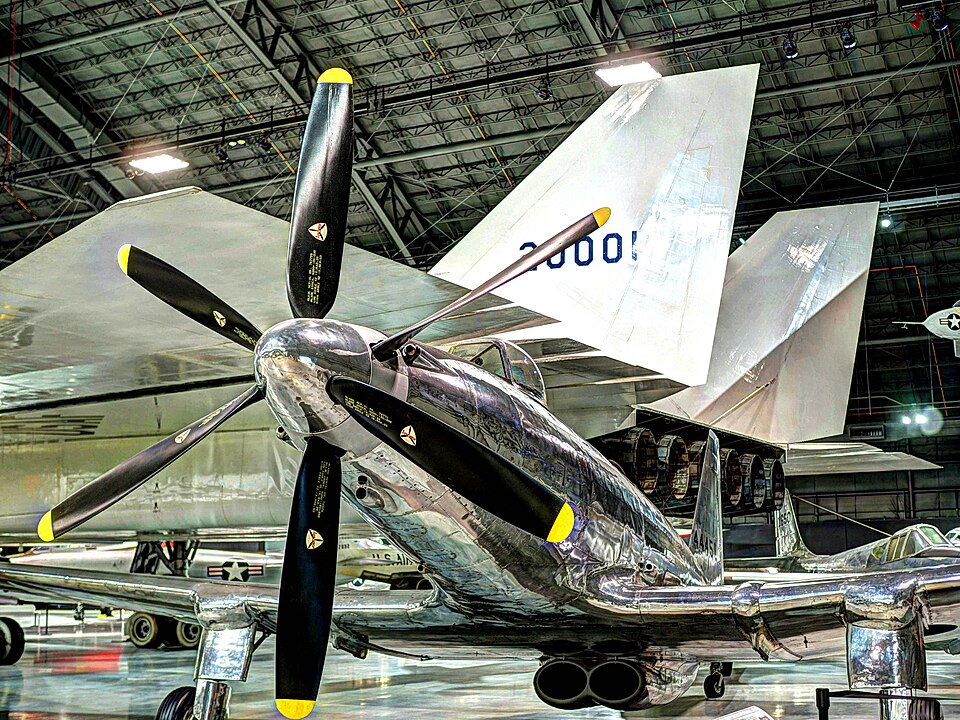
6. Fisher P-75 Eagle: An American Aviation Frankenstein’s Monster
Well before the F-15, the Fisher P-75 Eagle was touted as a ‘wonder plane’ that would personify American airpower. It was actually a patchwork of parts from several existing planes and an unreliably proven 24-cylinder engine. Its performance was always disappointing, with subpar handling and abysmal spin manners.
As Hush-Kit reminds us, “the XP-75 had bad handling, atrocious spin characteristics and poor engine cooling.” The program was ultimately more of a strategic distraction for General Motors than an effective combat aircraft, with production halting after only six airframes. The story of the P-75 is a cautionary tale about the risks of overhyping and underperforming in wartime innovation.

7. Christmas Bullet: The Deadliest Design Flaw in Aviation History
Arguably the most notorious failure on this list, the Christmas Bullet was the result of hubris and ignorance. It was designed by Dr. William Whitney Christmas and had paper-thin, unbraced wings that were supposed to flap ‘like a bird.’ Not surprisingly, both prototypes crashed tragically on their maiden flights, the wings collapsing midair and ensuring that their pilots did not survive.
As aviation historian Bill Yenne noted, “his was the kind of tale they used to write folk songs about.” The Christmas Bullet is commonly referred to as the worst plane ever constructed, a sobering reminder that untested concepts and contempt for fundamental principles of engineering can prove deadly.
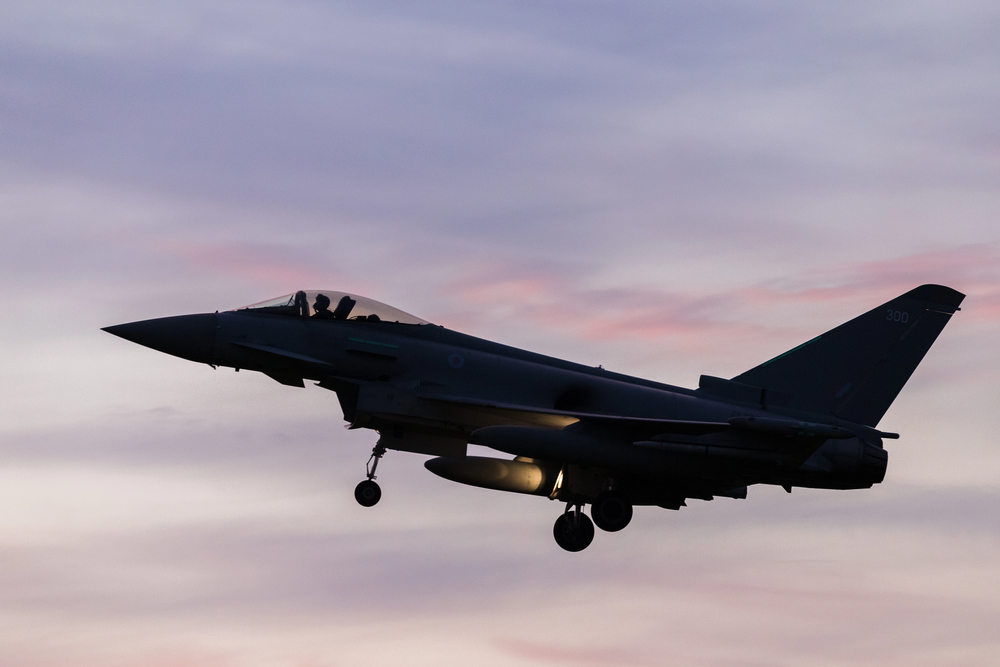
The tales of these doomed fighter aircraft are more than fleeting footnotes in the history of flight they are vivid reminders of the razor’s edge between innovation and disaster. For each legendary airframe, there are cautionary tales that inform the next generation of design and doctrine. In the unrelenting quest for air dominance, the lessons of these ‘flying coffins’ remain, reminding us of the importance of demanding engineering, realistic expectations, and most importantly, respect for the unforgiving laws of flight.
